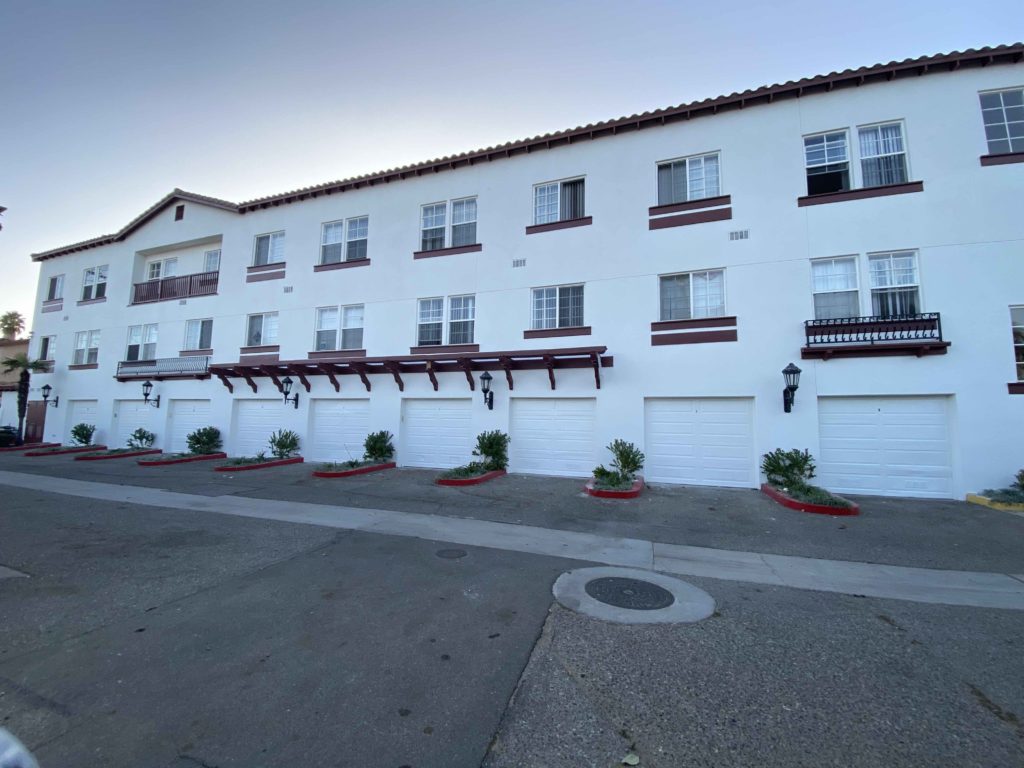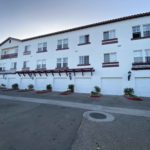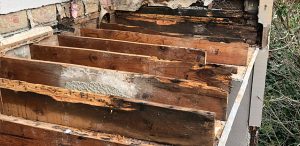What is dry rot?
The termites are gone, but what about the holes we can't see?
Dry rot is a species of wood fungus (aka dead, rotting wood) that usually affects wood in the forests; however, it can be an issue with structural buildings composed of wood. Moisture and excess air, as well as airborne wood fungus cause the wood components to begin rotting. As the fungus eats the cell walls of the wood, it leaves the outer edges easily breakable and dry.
The fungus can come in two variations. One form is where the decayed areas are brown in color and the wood easily crumbles. The other form is where the wood is a muted yellow color and almost feels like a sponge.
There are minor repairs and remedies for dry rot, but when it comes to your property and the safety of your residents, it is most common practice to monitor any areas impacted by dry rot and repair them when safety and structural integrity becomes an area of concern.
If we are able to inspect areas in question and monitor them annually, we can help our clients budget for the repairs and advise when the repairs need to happen.
Even though you cannot fully prevent dry rot, you can take preventative maintenance actions to help reduce the damage and costly repairs down the road.
Five dry rot tips from our team:
- Get an annual inspection from ground level
- Check balconies and decks whenever you have access
- Caulk (correct material and application) any seams or joints in woodwork will help prevent water intrusion
- Seal the caulking with the correct paint
- Your tenants will alert you and they may not even know it. Keywords to look for are “Weird smells”, “Musty”, “Squeaky”, “Shaky”.
Next week we will go in depth on how to mitigate dry rot and what that looks like.





